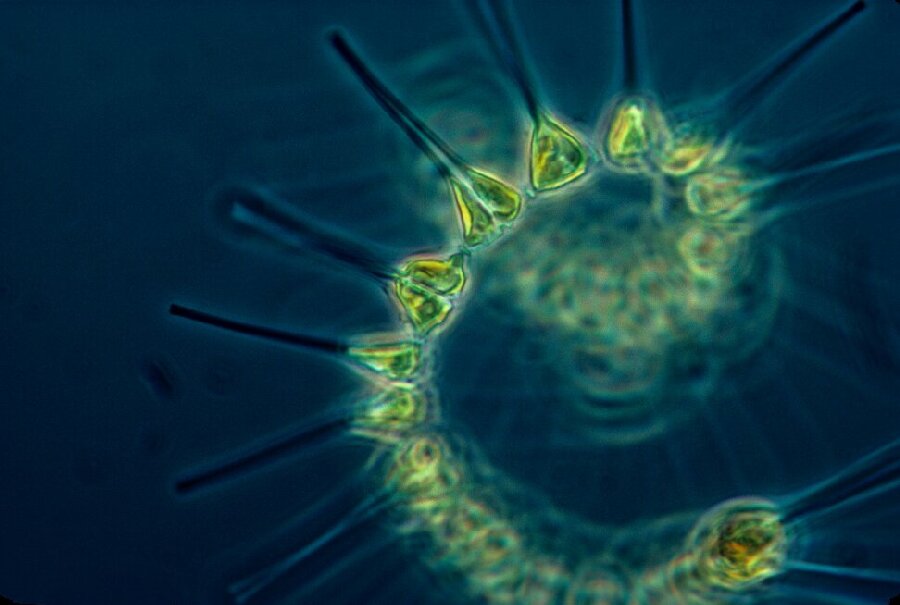Native Porcine Pancreatin, an enzymatic mixture derived from the porcine pancreas, has emerged as a fundamental component in various industries due to its unique enzymatic composition. Comprising amylase, lipase, and protease enzymes, this preparation is celebrated for its multifaceted applications and plays an indispensable role in the pharmaceutical, food, and biotechnology sectors. In this article, we will explore Native Porcine Pancreatin in greater depth, uncovering its sources, applications, and the underlying science that renders it indispensable in these fields.
Native Porcine Pancreatin: Composition and Origin
Native Porcine Pancreatin is a complex preparation, with its primary constituents being amylase, lipase, and protease. These enzymes are naturally present in the porcine pancreas and serve vital functions in the digestion of macronutrients, making them invaluable in various industries.
Amylase: This enzyme primarily facilitates the breakdown of carbohydrates into simpler sugars, enhancing its significance in applications related to starch digestion and saccharification.
Lipase: Lipase is responsible for the hydrolysis of triglycerides into fatty acids and glycerol. Its role is pivotal in lipid digestion and utilization, especially in the food and pharmaceutical sectors.
Protease: Protease enzymes are responsible for the hydrolysis of proteins into peptides and amino acids. This wide-ranging enzymatic activity finds applications in various industrial processes, including biotechnology and pharmaceuticals.
Applications in the Pharmaceutical Industry
Digestive Disorders: Native Porcine Pancreatin is crucial in the treatment of digestive disorders, such as cystic fibrosis and chronic pancreatitis. Individuals with these conditions often suffer from insufficient endogenous enzyme production. Native Porcine Pancreatin supplements provide exogenous enzymes to help alleviate digestive issues and nutrient malabsorption.
Drug Formulation: The pharmaceutical sector harnesses the enzymatic prowess of Native Porcine Pancreatin to improve drug formulation. It enhances the bioavailability of certain orally administered medications, resulting in better therapeutic outcomes.
Applications in the Food Industry
Baking: In baking, Native Porcine Pancreatin contributes to dough quality. Amylase, by catalyzing starch hydrolysis, improves dough texture and facilitates yeast fermentation, thus enhancing the overall quality of baked products.
Brewing: The enzymatic action of amylase and protease in Native Porcine Pancreatin is pivotal in brewing processes. Amylase converts starches into fermentable sugars, while protease facilitates protein breakdown, influencing the taste and clarity of the final product.
Applications in the Biotechnology Industry
DNA Extraction: Native Porcine Pancreatin’s protease enzymes are crucial in biotechnology for DNA extraction. They break down proteins, easing the isolation of DNA from cellular or tissue samples.
Cell Culture: In cell culture processes, Native Porcine Pancreatin is instrumental for detaching adherent cells. This simplifies cell harvesting and subculturing, contributing to the advancement of biotechnology applications, including cell-based research and biopharmaceutical production.
Significance of Native Porcine Pancreatin
Natural Origin: The natural source of Native Porcine Pancreatin aligns well with industries aiming to produce natural and organic products. Its compatibility with human physiology makes it a preferred choice in pharmaceutical and food applications.
Cost-Effectiveness: The cost-effectiveness and wide availability of Native Porcine Pancreatin make it a valuable resource, particularly in industries with budgetary constraints. Its versatility and adaptability allow for tailored solutions, meeting specific application requirements.
Regulatory Compliance: Native Porcine Pancreatin adheres to regulatory standards set by health authorities and quality control organizations, ensuring product safety and quality. This compliance is vital for maintaining the integrity of products utilizing this enzymatic preparation.
Conclusion
Native Porcine Pancreatin, with its unique enzymatic composition and diverse applications, plays an indispensable role in various industries. Its natural origin, cost-effectiveness, and customization potential make it a valuable asset in pharmaceuticals, food, and biotechnology. The future of Native Porcine Pancreatin continues to shine brightly as it contributes to the development of innovative products and solutions, cementing its place as an irreplaceable resource in the world of enzymology.

